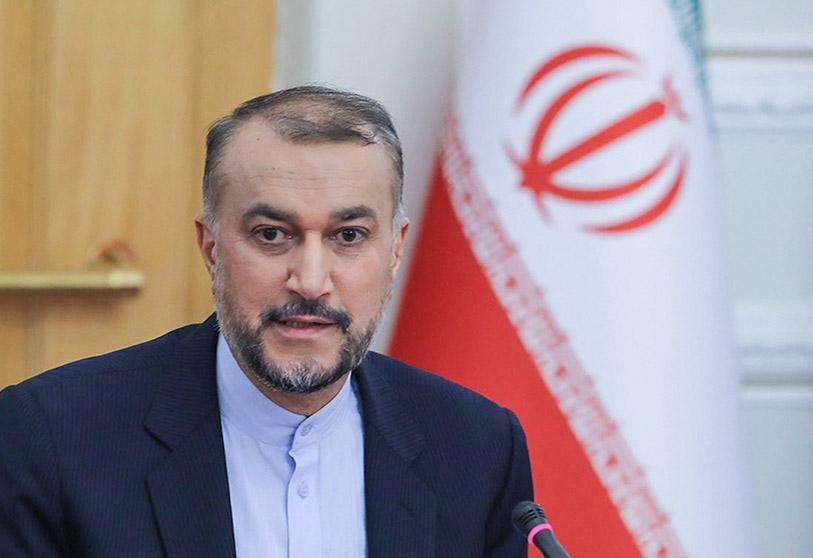Iran launches construction of new nuclear power plant

Karoon is the name chosen by Tehran for its new nuclear power plant, which began construction last Saturday and will not be ready for another eight years. The intention to erect a new nuclear plant was made in April, just two weeks after the Iranians reported that they had begun enriching uranium to 60% purity, 16 times the limit set in the unilaterally abandoned by the United States in 2018 Joint Comprehensive Plan of Action (JCPOA).
Since Washington - led by Trump - pulled out of the nuclear deal, US sanctions have increased as Iran's uranium enrichment has increased. And it does not seem that, four years later and with a new round of negotiations in Vienna just around the corner, that idea is going to change in the country led by Ali Khamenei. Thus, Tehran has officially launched a new plant inaugurated by Mohammed Eslami, head of the Atomic Energy Organisation of Iran, in the western Iranian province of Khuzestan, very close to the Iraqi border.

Observers see the move as a major step forward in Iran's nuclear programme, pointing once again to a dangerous increase in uranium enrichment. While it is true that the 90 per cent required for nuclear weapons development is still a long way off, the amount of 60 per cent uranium that Tehran may already have enriched could be sufficient for reprocessing into fuel for at least one nuclear bomb. The UK, France and Germany - still party to the JCPOA - have sharply criticised the Iranian regime and alerted the international community to the danger of not reaching a new agreement that would limit Iran's uranium production.
The main problem is that the negotiations have run aground and the talks held in Vienna since November last year have led nowhere. For this reason, Josep Borrel, the EU's High Representative for Foreign Affairs and Security Policy, has met with Iranian Foreign Minister Hosein Amirabdolahian. The state agency IRNA reported the meeting in which Amirabdolahian acknowledged Borrell's mediating position, urging him to "keep the European bloc away from unconstructive emotions", of which he accuses some "radical politicians" who "hide behind the European Union to take advantage of the bloc's reputation".

These nuclear developments come at a very difficult time for Iran, the most complicated in 43 years of Ayatollah dictatorship, in fact. Street protests in Tehran have left 448 people dead, according to the Iranian Human Rights Organisation (IHR), as a result of repression by Iranian security forces. The Sistan and Baluchistan region - one of the most conservative in the country, populated mainly by Sunnis - is where the situation is most unstable, with 128 deaths in this area alone, half of them minors.
Widespread protests in Iran are growing by the day, crying out for help from the international community. This is the first time in four decades that the dictatorship has seen its hegemony in the country endangered by the push from a society that is prepared to overthrow the regime. On previous occasions, repression and increased violence had served the government to quell criticism, but on this occasion it has been Tehran that has had to backtrack by abolishing the morality police, the force that arrested Mahsa Amini, whose death for wearing the veil incorrectly marked the beginning of the demonstrations in Iran.








